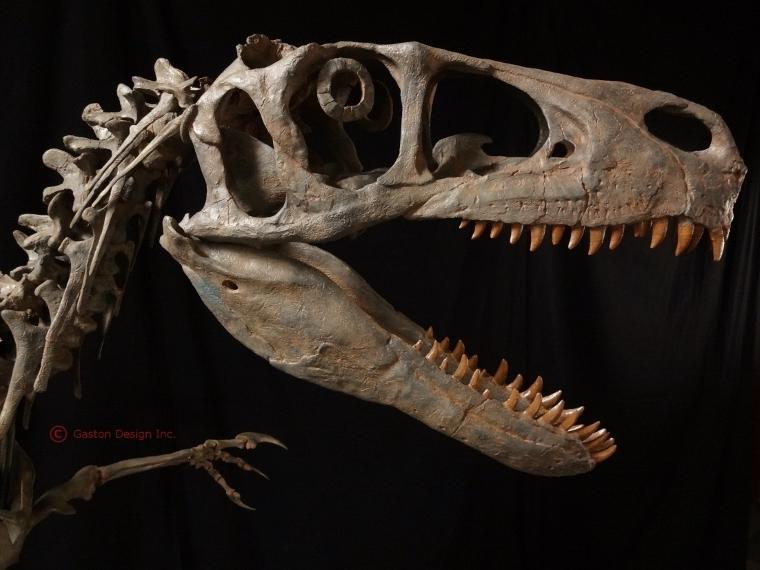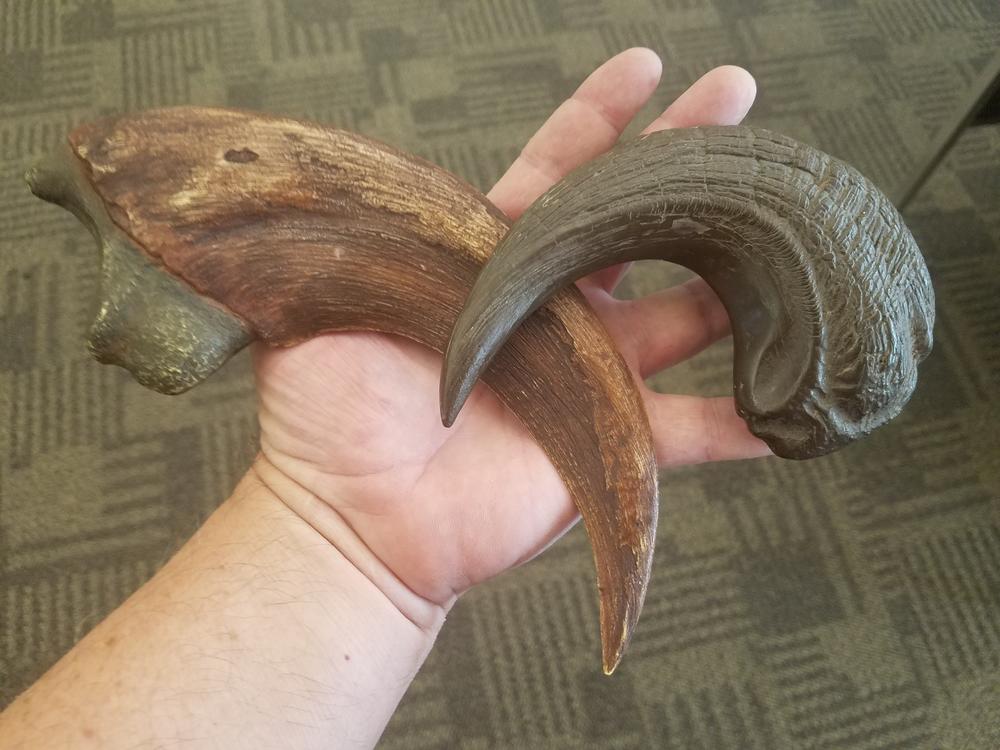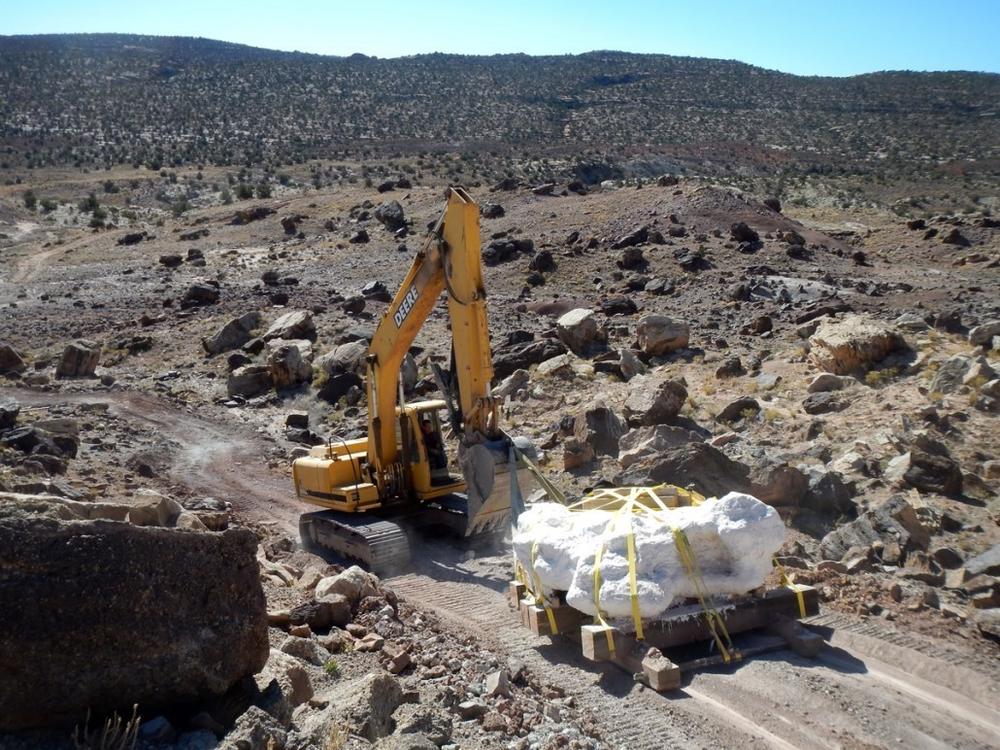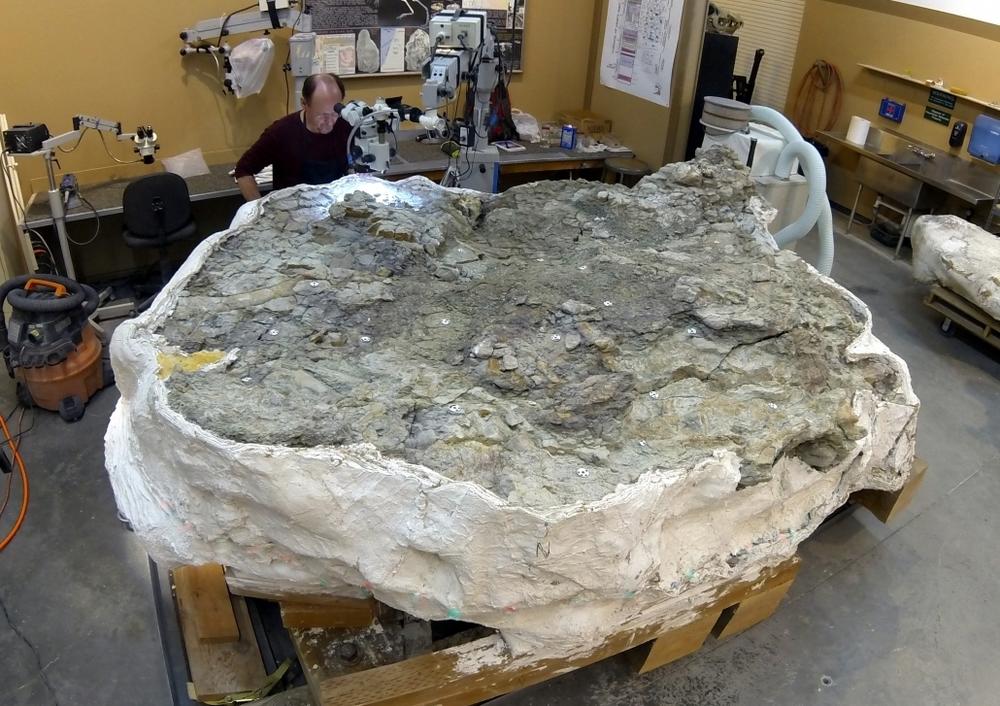Section Branding
Header Content
Utah Considers State Park Named For Utahraptor Dinosaur
Primary Content
Utah lawmakers are considering creating a new state park in celebration of a spectacular find of dinosaur bones.
The proposal for Utahraptor State Park, approved by the state House last week and now moving through the Utah Senate, would create a park near the spot where a geology student found a bone sticking out of the sun-bleached ground in 2001.
Researchers who returned to the site near Arches National Park determined that the fossilized bone belonged to a meat-eating dinosaur. The dig began, and what was soon unearthed was a big claw not unlike these associated with the velociraptors from the Jurassic Park movies. Except the real one was bigger.
State paleontologist Jim Kirkland says researchers "got pretty excited." They had found not one, but several Utahraptors.
Previous finds in 1975 and 1991 had provided some information about the dinosaur, but this was the biggest discovery yet. The only hitch was that the bones were encased on a giant block of sandstone.
"There were so many skeletons in this block, you couldn't put an ice pick in it and not hit bones," Kirkland told NPR's Morning Edition.
After intermittently scraping at the rock for more than a dozen years onsite, the team spent more years trying to relocate it. They tried but failed to locate a heavy-lift military helicopter that could whisk it away.
By 2014, they ended up building a wooden frame and used a track hoe to drag the 9-ton block of sandstone from the quarry site to a truck, and then drove it to a research facility.
The scientists first thought they might find one adult Utahraptor, 10 juveniles and three babies in what's been dubbed the Utahraptor megablock.
But after poring over the rock for six years, scientists have discovered that even more lies beneath the surface.
With just 15% of the rock revealed, Kirkland says he and other researchers now believe they'll find dozens of fossilized skeletons from a pack of meat-eating predators. Because a plant-eating dinosaur has also been identified in the rock, they think the raptors were on the hunt when they fell for nature's bait — some largely defenseless prey caught in quicksand. Ensnared by what geologists call a "dewatering feature," the Utahraptors were later frozen in place as the quicksand was transformed into sandstone 136 million years ago.
Kirkland calls it the first example of a "mass mortality" of dinosaurs trapped in quicksand, largely protected from other predators that might have pulled the remains apart. "That was real exciting because what killed the dinosaurs here is what buried them."
The Utahraptor megablock research has been slow, Kirkland says, in part because funding has been hard to come by. Crowdsourced donations from students, amateur paleontologists and dino-enthusiasts help, but key personnel who are involved in the research are volunteering their time.
One project lead is Scott Madsen, a professional fossil preparator who has put in more than 3,500 hours probing, dusting and drilling for the raptor remnants. He says the payoff comes in the fun and joy of discovery.
"As soon as you recognize something like a tooth row, you know, you see these little tiny serrations on the back of a tooth, there's always that moment of excitement because ... you get this really cool dinosaur tooth."
Kirkland says it's the work of a lifetime.
"I'm not going to live to see it all done. My job at this point is to see it into the future. And it'll be future generations of scientists that will get the meaty goodness out of this specimen."
Copyright 2021 NPR. To see more, visit https://www.npr.org.




